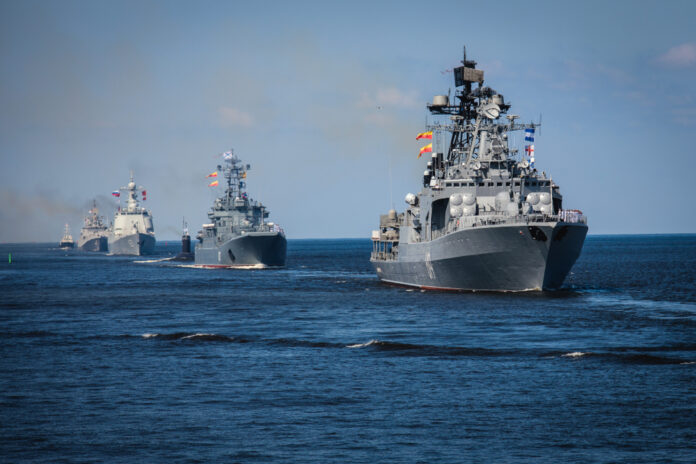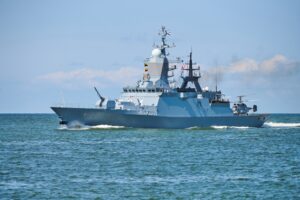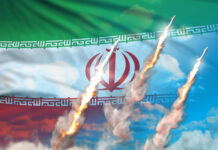
Western space programs use the largest global satellite base station, located on Svalbard island off the coast of Norway, to collect important signals from polar-orbiting spacecraft.
One of the two fiber-optic cables connecting Svalbard to the country was broken in January of this year. Norway was forced to use a backup connection.
Cables Possibly Sabotaged
In April of 2021, a second cable utilized by a Norwegian research center to observe Arctic bottom activity was severed.
Norway’s defense chief Eirik Kristoffersen informed Reuters that the fractures, which garnered little media publicity outside Norway, could have occurred by mistake.
However, Kristoffersen emphasized that Russia is certainly capable of carrying out such a sabotage operation.
NATO allies wake up to Russian supremacy in the Arctic https://t.co/aeNR77Nvw0 pic.twitter.com/aq7UkfBRWj
— Reuters (@Reuters) November 16, 2022
A few months later, in September, troublemakers caused huge breaches to unexpectedly explode in pipelines from Russia to Europe on the bottom of the Baltic Sea.
He was commenting in a broad sense and did not provide any proof to demonstrate that the damage was intentional. The Russian Ministry of Defense did not answer a request for clarification.
As Russia’s incursion on Ukraine ends a post-Cold War period of low strain and partnership, such events demonstrate how difficult it is for nations to supervise their own seas.
This is especially true in the Arctic, an ocean 1.5 times the size of the United States, in which satellites are essential for real-time surveillance and detection of action.
Stepping Up Training Ops
In current history, NATO partners and Russia have increased training operations in the region; in September, Chinese and Russian ships participated in a combined drill in the Bering Sea. In October, Norway increased its military alert status.
However, the West lags behind Russia in military involvement.
Since 2005, Russia has rebuilt dozens of Soviet-era Arctic military outposts, modernized its fleet, and created new missile systems meant to bypass U.S. detectors and defenses.
Russia's military bases inside the Arctic Circle outnumber NATO’s by about a third. Experts say it would take the West at least 10 years to catch up. Here's why NATO allies are facing tough choices.https://t.co/b1YYY5J4eD
— Reuters Graphics (@ReutersGraphics) November 16, 2022
According to four Arctic specialists, it would require at least ten years for the West to close the gap on Russia’s forces in the area if it so desired.
It is so huge that there are minimal civil surveillance capabilities.
Red Alert: America is Playing Catch Up
The leader of the United States Northern Command, General Glen VanHerck stated in a March Senate hearing that the United States required improved domain awareness in the Arctic to identify and counter Russian and Chinese capacities to fire sophisticated missiles and disrupt communication systems.
The United States pledged to strengthen advanced warning and tracking systems in the Arctic in a policy memo released by the Pentagon in October, but the pace of the anticipated modernization remains uncertain.
Melting permafrost causes concerns for some U.S. military installations constructed on permafrost bases, which are rising rapidly in temperature. According to the Pentagon, coastal erosion might also harm U.S. radar facilities.
















